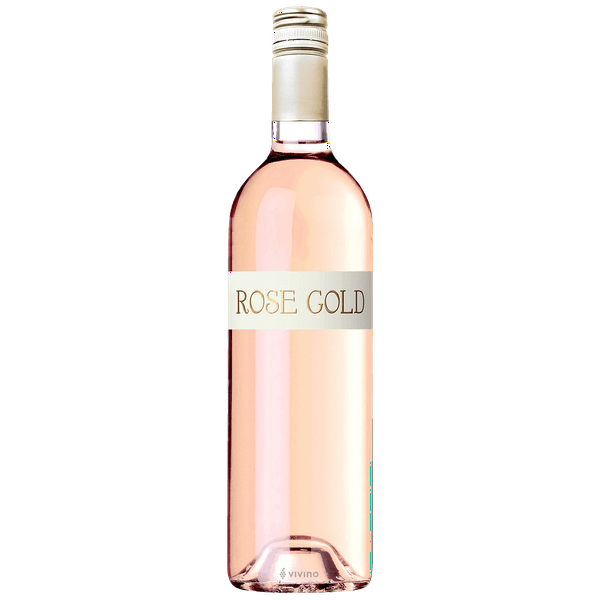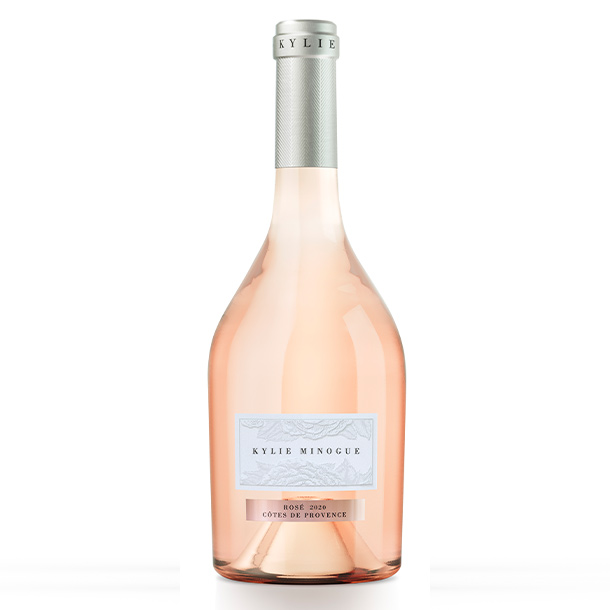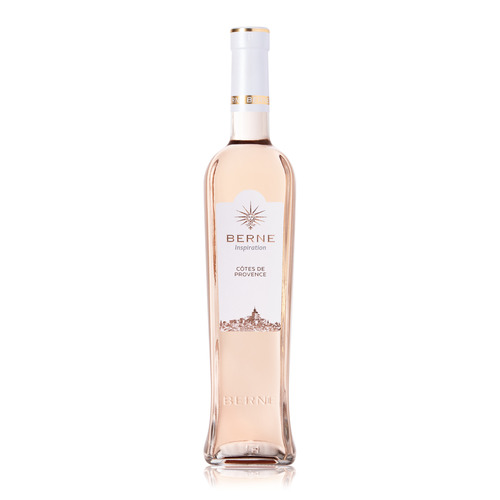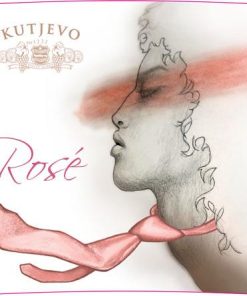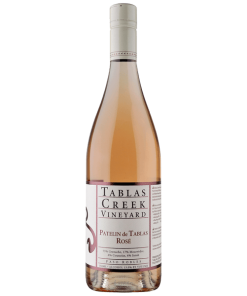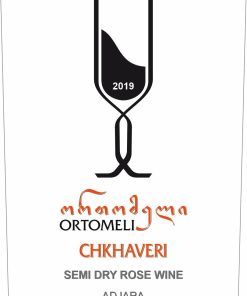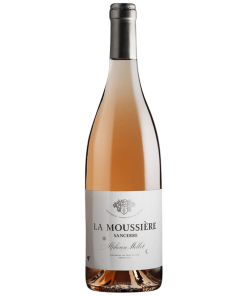2021 Rose Gold Cotes de Provence Rose
$17.99
90 Wilfred Wong
Out of stock
2021 Rose Gold Cotes de Provence Rose
2021 Rose Gold Cotes de Provence Rose Classic dry Provence Rosé. Beautiful pale pink in color with aromas of rich, fresh fruits, followed by hints of white flowers and minerals. This refined, delicate Rosé is both fresh and delicious.
Provence
Much more than a simple vineyard, Ultimate Provence is a genuine experiential world. Ultimate Provence prides itself in a vibrant and welcoming atmosphere allowing visitors to discover Provence and its wines here in a delightfully original setting. At Ultimate Provence, the gentle pace of the seasons and vines is an ode to pleasure, fun experiences and enriching encounters.
Sporting a casual decor and offering premium service, the Cellar introduces visitors to the vineyard’s intensely-aromatic wines in an offbeat atmosphere. It is a temple of well-being, hedonistic pleasures, discovery and enriching encounters.
The Ultimate Provence vineyard spans 100 acres around the town of La Garde Freinet, at the northern foot of Notre Dame des Anges chapel. Set in wild countryside and bordered by a vast evergreen oak forest, the vineyard is characterized by shallow soil, laid on a waterproof subsoil sandstone slab. This excellent terroir is nourished with a natural compost of oak leaves and vine stalks.
Rosé
A rosé (from French, rosé [ʁoze]) is a type of wine that incorporates some of the color from the grape skins, but not enough to qualify it as a red wine. It may be the oldest known type of wine, as it is the most straightforward to make with the skin contact method. The pink color can range from a pale “”onion-skin”” orange to a vivid near-purple, depending on the grape varieties used and winemaking techniques. Usually, the wine is labelled rosé in French, Portuguese, and English-speaking countries, rosado in Spanish, or rosato in Italian.
There are three major ways to produce rosé wine: skin contact, saignée, and blending. Rosé wines can be made still, semi-sparkling or sparkling and with a wide range of sweetness levels from highly dry Provençal rosé to sweet White Zinfandels and blushes. Rosé wines are made from a wide variety of grapes and can be found all around the globe.
When rosé wine is the primary product, it is produced with the skin contact method. Black-skinned grapes are crushed and the skins are allowed to remain in contact with the juice for a short period, typically two to twenty hours. The grape is then pressed and the skins discarded, rather than left in contact throughout fermentation (as with red wine making). The longer the skins are left in contact with the juice, the more intense the color of the final wine.
When a winemaker desires to impart more tannin and color to red wine, some of the pink juice from the must can be removed at an early stage in what is known as the Saignée (from French bleeding) method. The red wine remaining in the vats is intensified as a result of the bleeding, because the volume of juice in the must is reduced, and the must involve in the maceration becomes more concentrated. The pink juice that is removed can be fermented separately to produce rosé.
The simple mixing of red wine into white wine to impart color is uncommon and is discouraged in most wine growing regions, especially in France, where it is forbidden by law, except for Champagne. Even in Champagne, several high-end producers do not use this method but rather the saignée method.
Related products
Rose Blend
Rose Wine from Kakheti, Georgia
Rose Wine from Loire Valley, France
